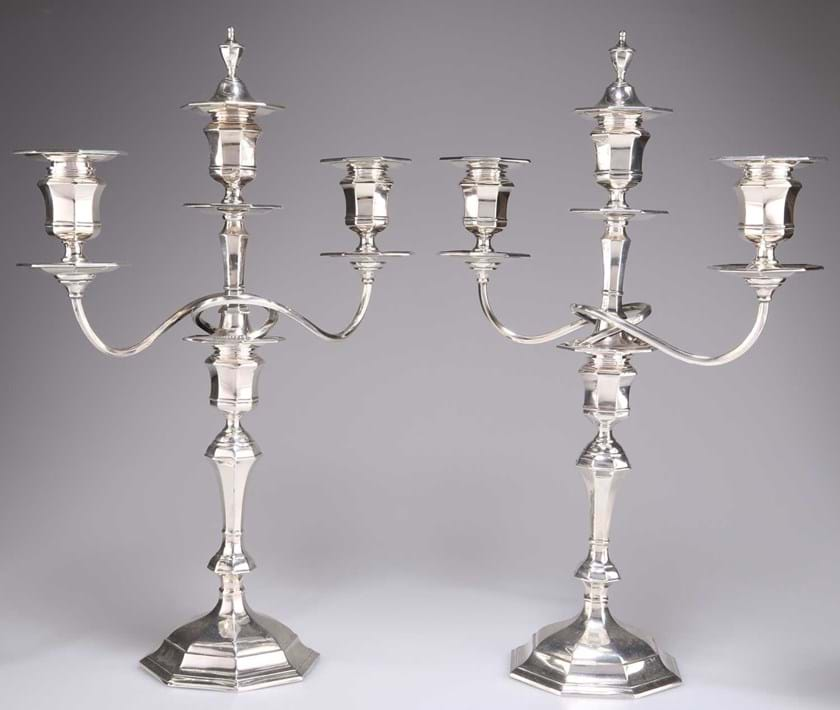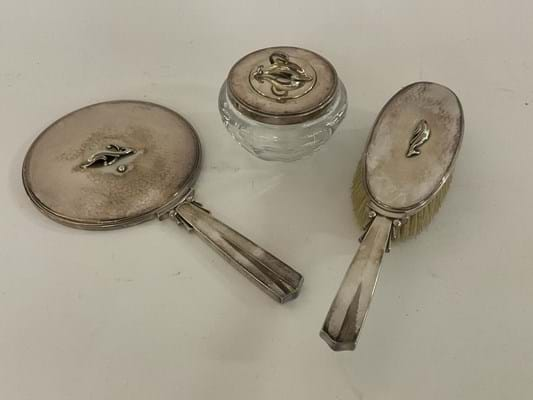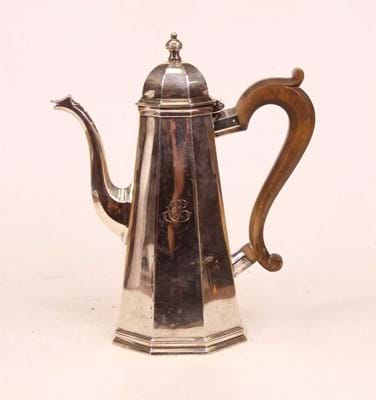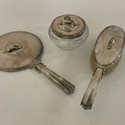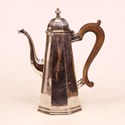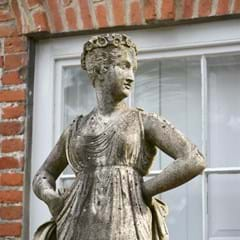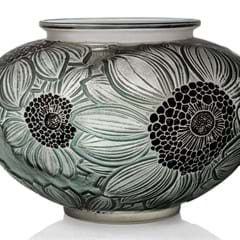What to look out for when buying silver
Silver has long been regarded as a precious metal and status symbol. As a material that can be worked into many different forms, a wide variety of items have been made using silver over many centuries.
Pair of Edwardian silver candelabra in the Georgian style by William Hutton & Sons, London 1909 - £1000 at Elstob & Elstob, Ripon, July 2022.
Silver items can be either practical or decorative, or sometimes both.
For the most part, silver can be divided into three main categories: hollowwares (functional domestic items like coffee pots and drinking vessels), flatware (items likes cutlery) and smallwork (objects like silver boxes and nutmeg graters). There is also plenty of jewellery made from silver or incorporating silver into the design.
In the 18th and 19th centuries volume and variety of silver designs greatly increased the fashion for silver among the emerging middle classes led to increasingly elaborate tablewares, mirrors and furniture.
ilver in this period is strongly linked to the history of dining and demand for these items greatly expanded. The Georgians and Victorians developed numerous new forms and styles for their teapots, salt cellars and candelabra for example, while the market continued to introduce new styles in the 20th century which remain highly popular thanks to their modernist appeal.
What determines value
While silver has an inherent value as a metal, many silver items available to buy at auctions are worth significantly more than the price of their scrap metal that fluctuates according to the bullion market.
This is particularly the case if the item is made by a sought-after maker or has a rare or attractive design or, crucially, an early date.
Condition also plays a key role in determining values so be sure to check the condition of any lot before you bid.
Hallmarks
Silver hallmarks provide a handy way to help identify the maker of a piece of silver and also the date and location where the item was originally stamped or ‘assayed’.
They also indicate that the item has been tested for purity of its metal – historically the standard mark for sterling (.925 purity) silver in Britain has been a lion passant – a walking lion with the right fore paw raised – and this will be found on the majority of pieces made in the UK.
For more on hallmarks, read our separate silver hallmarks guide.
Silver plate
When buying silver, it is important to distinguish between silver items and silver-plated items. The latter are pieces made via a process first developed in the mid-to-late 18th century where a thin layer of silver was added to the surface of a cheaper metal object, normally copper.
These items, sometimes referred to as ‘Sheffield plate’ – named after the city where the technology was developed – tend to be much more affordable than real silver objects.
The process was later supersede by electroplating – a technique patented by George Elkington of Birmingham in c.1840 where electricity was used to apply a veneer of silver to base metals like nickel and pewter.
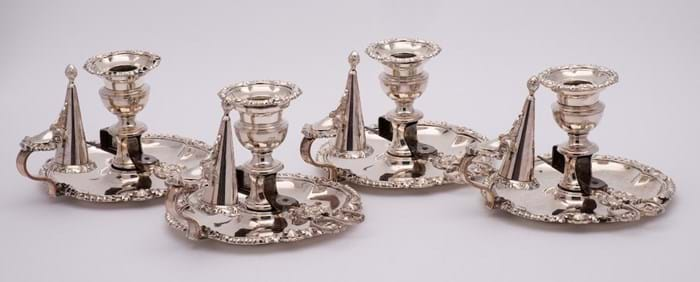
Set of four 19th century old Sheffield plate chambersticks with stamped marks for Matthew Boulton & Co - £380 at Bearnes Hampton & Littlewood, Exeter, July 2022.
What to do next
Read our guides on silver hallmarks and silver novelties for further information on these areas.
Once you’re ready to start searching for silver items, decide how much you’d like to spend and use the search facility on thesaleroom.com to find pieces coming up for sale. You can filter your search by, among other things, price and by location of the auction house to narrow down your selection.
To research recent prices at auction to see how much different silver items sold for you can also try out the Price Guide.
If you are new to bidding check out our guides to buying at auction – it’s easy once you know how.
